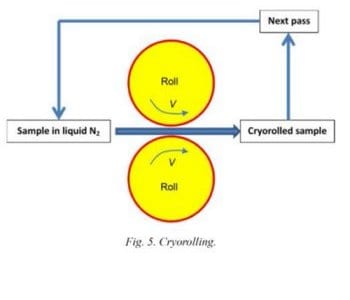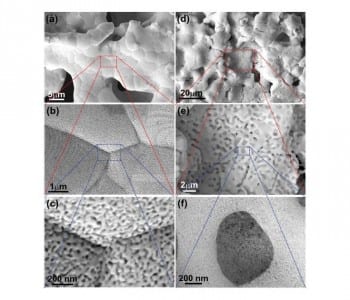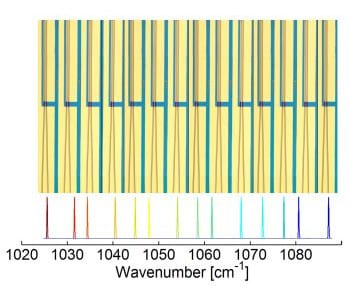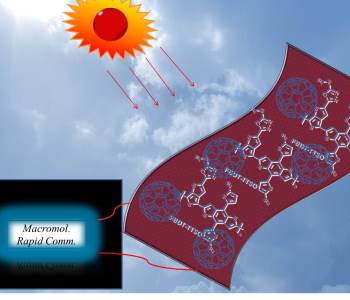Topography of plant virus nanoparticles has been shown to influence osteogenesis of bone derived mesenchymal stem cells.

Special rolling techniques for improvement of mechanical properties of UFG metal sheets
A a comprehensive review of the application of several advanced rolling techniques to UFG/NG materials (pure metals, alloys and composites) is presented.

Electronic Skin: Bridging the Gap for Human–Machine Interaction
In this comprehensive review, the main research routes and technologies that are being followed to deliver high-performance electronic skin are discussed.

Compostable electronics for printing
A KIT Young investigator group develops sustainable printing materials and inks for biodegradable electronic components.

Nanoporous Metal Papers: Electrodes and Catalysts
An innovative and cheap method to produce bi- and trimodal Au–Ag and a hierarchical nanoporous Ni–Mn with excellent electrochemical properties is developed.

Advanced Optical Materials – October Issue Covers
Check out the articles highlighted on the covers of the latest issue of Advanced Optical Materials.

Quantum Cascade Lasers
Steady progress turns multi-wavelength quantum cascade laser arrays into a powerful versatile source for next-generation spectroscopy and stand-off detection systems.

A Total Eclipse of the Sun: The Response of Photovoltaics in Germany
How the German electrical power grid withstood the the 2015 solar eclipse despite the disruption of energy production from solar power.

Alcoa to separate into two companies
The world’s third largest producer of aluminum Alcoa will split into two independent companies.

Molecular design improves polymer solar cell performance
Yang et al. present a new method to tune the HOMO level of a TT-based polymer for higher efficiency polymer solar cells.










